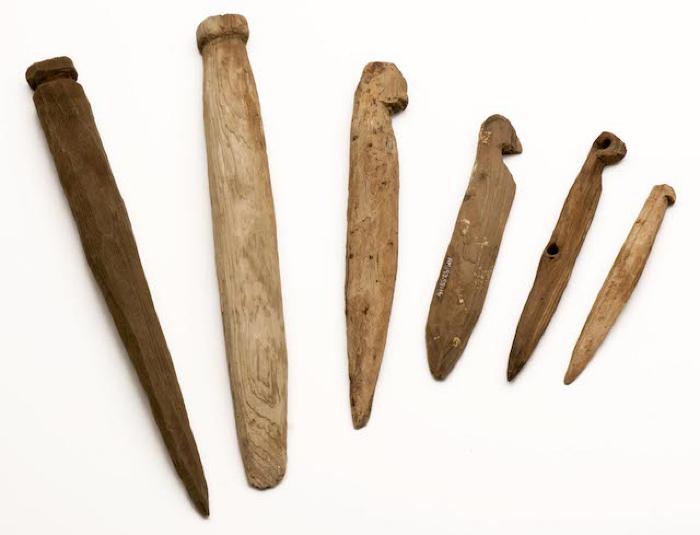Snare — Negaq

Fall and early winter are the best times to hunt Kodiak’s furbearers when their coats grow full and plush in response to cold weather. Although trapping was introduced in the historic era, Alutiiq people have long used snares to capture fox, land otter, ermine, and even bears and waterfowl.
Snares were set along habitually used paths or in areas where animals were known to feed. To capture bears, the Chugach Alutiiq people of Prince William Sound attached a snare to a tree that was cut nearly in half. When the bear became entangled the ensuing struggle broke the tree and created a drag that slowed the animal, making it difficult for it to escape.
An ingenious Alutiiq goose snare in the Smithsonian Museum’s collection is fashioned from wood, baleen, and leather. It features a slippery loop of baleen tied to a set of wooden stakes. The stakes were set in the ground and the loop left to catch the head, foot, or wing of a bird. Alutiiq people set these snares along the shores of ponds and marshy areas where geese fed.
